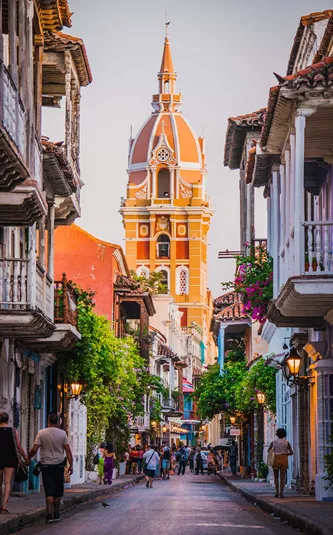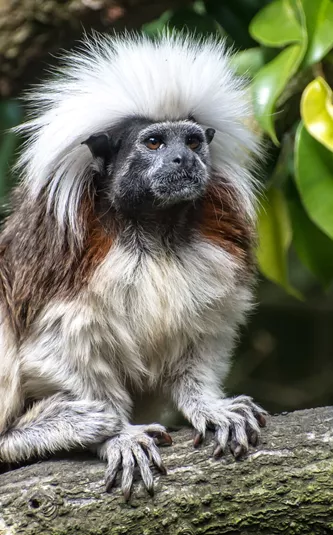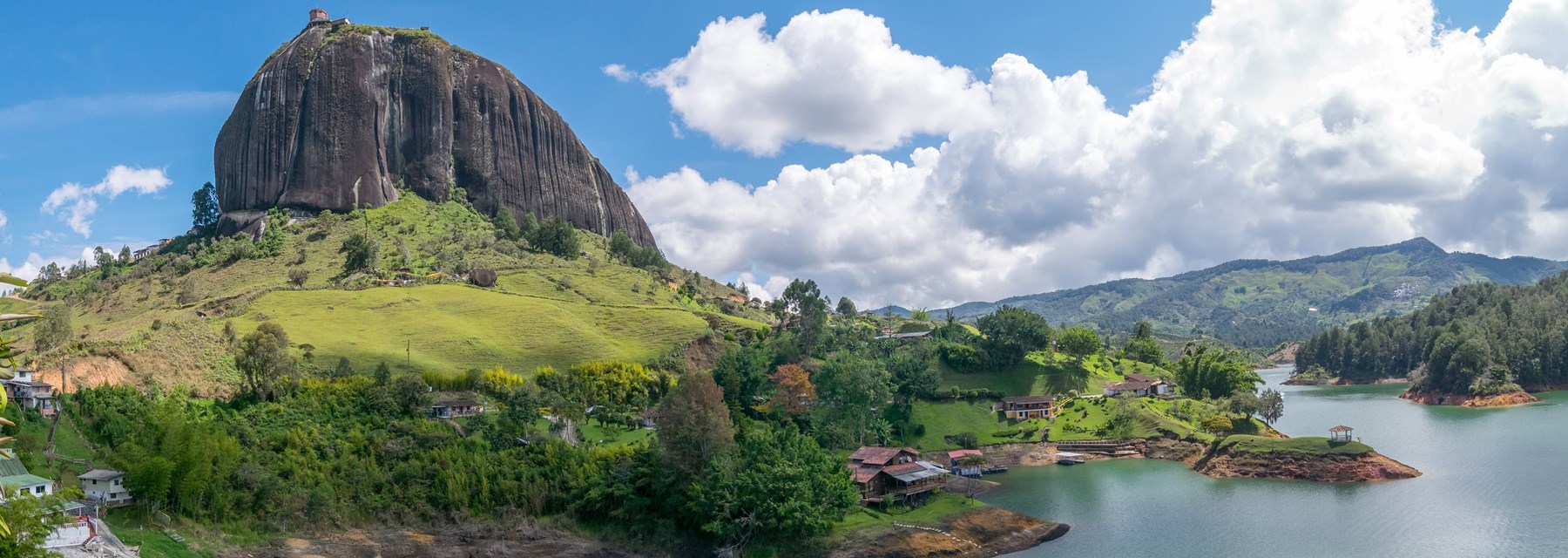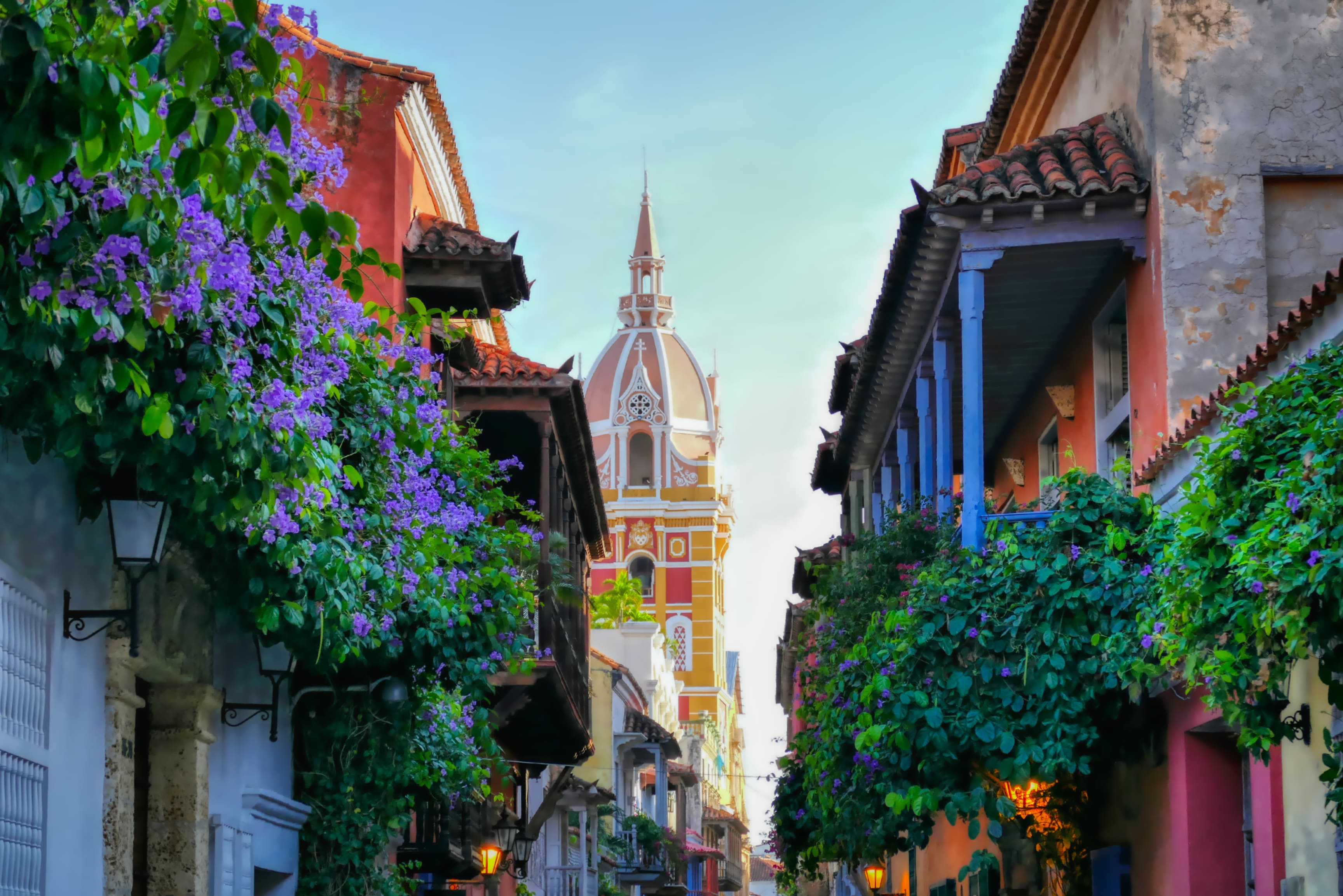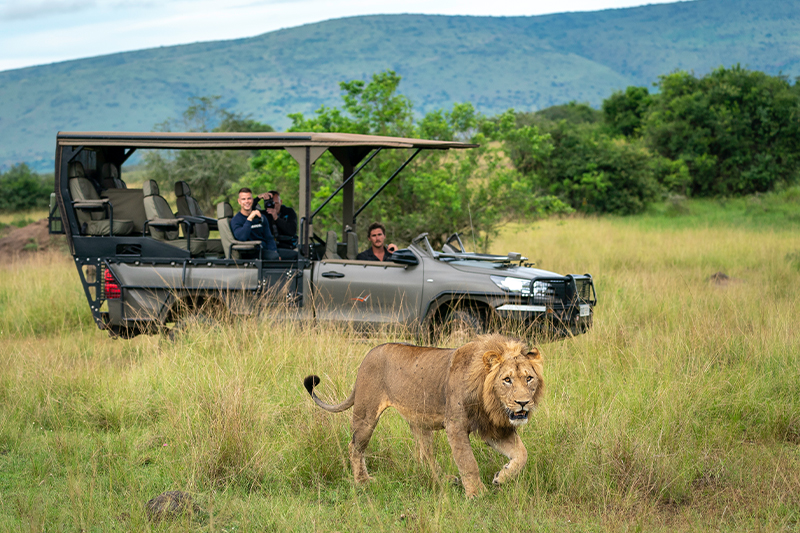Colombia’s high-altitude capital blends colonial charm with urban energy. Explore La Candelaria, world-class museums and panoramic views from Monserrate in this cultural hub.
© Adventure World 2024. All Rights Reserved.
MAKE TRAVEL MATTER® is a trademark of The TreadRight Foundation, registered in the U.S. and other countries and regions, and is being used under license.


